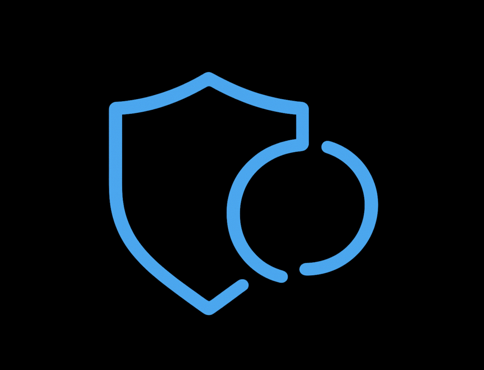
The coverage intelligence layer for your entire security stack.
Built for architects and security/IT leaders who need one source of truth for assets, controls, gaps, and overlaps so they can reduce spend without increasing risk.

How It Works
The KeyCaliber platform consumes security logs from your EDR, vulnerability scanner, firewall, IAM, and other security products, selecting the data fields that are relevant for our AI/ML and analytics.
The logs are parsed to identify all assets (network addressable instances of compute).
Assets are correlated and de-duplicated so that each unique asset has an aggregated profile of details. Asset details are then featurized for AI/ML algorithms and transformed for additional types of asset behavior analytics.
The full asset inventory is produced which includes the impact score, risk score, connections, and security coverage for each asset. With this information, the platform generates a ranked list of the most critical assets, most risky assets, most urgent vulnerabilities, and most serious alerts, presenting this data in dashboard and report form.
Connectors Include:
and more.
-

Coverage Overlaps
Reveal redundant tools and duplicated capabilities across the stack.
Reduce waste and streamline your security investments.
-

Coverage Gaps
Identify where controls are missing, misconfigured, or not deployed.
Fix high-risk blind spots before attackers find them.
-

Complete Asset Visibility
See every asset across cloud, on-prem, IT, OT, and shadow IT.
Eliminate the unknowns that weaken your foundation.
-

Critical Asset Identification
Automatically pinpoint which systems matter most to the business.
Protect your true crown jewels first.
-

Application Dependency Intelligence
Uncover every asset that supports your business-critical applications.
Build true cyber resilience by securing every component that keeps your business running.
-

Impact-Based Prioritization
Prioritize vulnerabilities and alerts based on business impact.
Cut the noise and focus on issues that truly matter.



